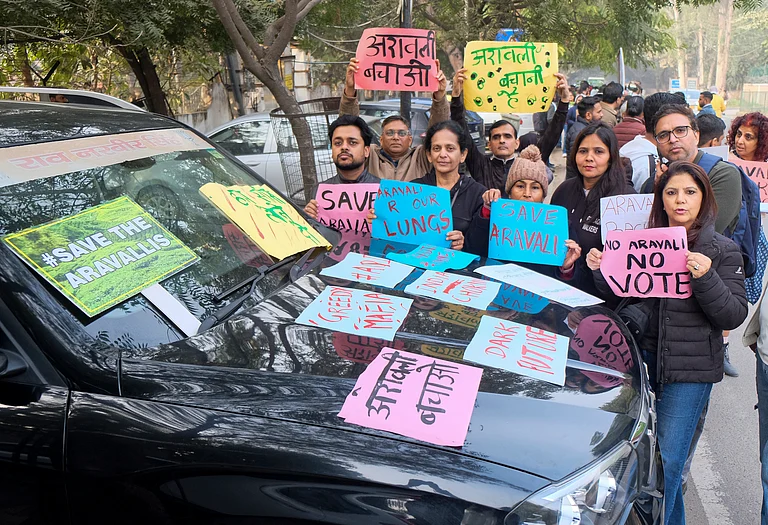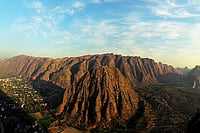By now, we have a fair idea about the greenhouse effect, caused by an increase in greenhouse gases (GHGs; carbon dioxide and others) in the Earth’s atmosphere, which leads to global warming, and extreme climate change. But there are two aspects of GHGs that need to be explained. The first is how do scientists know about the levels of these gases that existed millions of years ago to be able to judge whether their levels have, in fact, increased? The second is about the politics of GHGs, that is the tussle between the developed and developing nations, the prosperous ones and those with aspirations to become rich in the future.
According to an article posted on the website of Scientific American, “Samples taken from ancient sediments at the bottom of the ocean, fossilised corals, or ancient ice from Greenland or Antarctica can provide researchers with chemical information about the Earth’s climate millions of years in the past. This kind of data can tell scientists what the planet was like the last time global carbon dioxide levels were as high as they are today — or as high as they’re expected to get in the coming decades.”
The last era when carbon dioxide levels rose above 400 ppm (parts per million) — in May 2019, the figure was 415 ppm — “global temperatures were three degree Celsius higher,” says Gavin Foster of the University of Southampton (UK). He further adds, “There was very little ice on Greenland (in that period), there was no ice on West Antarctica, and the East Antarctica ice sheet was a bit reduced. So, sea levels as a result were a lot higher.” However, there is a time lag between the rise and fall in GHGs emissions, and the effects on the planet’s climate.
For those on either side of the climate change debate, the arguments are simple and straightforward. The developing and poor nations contend that in the past 100-250 years, the rich and developed countries were the worst pollutants; the latter were the largest consumers, and still are, of the fossil fuels that were used for rapid industrialisation. So, the rich should pay for managing the crisis. The counter is that the developing nations, like India and China, are the biggest guzzlers of fuel today, and yjr poor ones are more likely to be devastated by global warming.
Hence, everyone should get together and contribute whatever they can to solve the existing problem. The poor and developing nations, like the rich ones, too should switch to renewable and alternative energy sources.


























